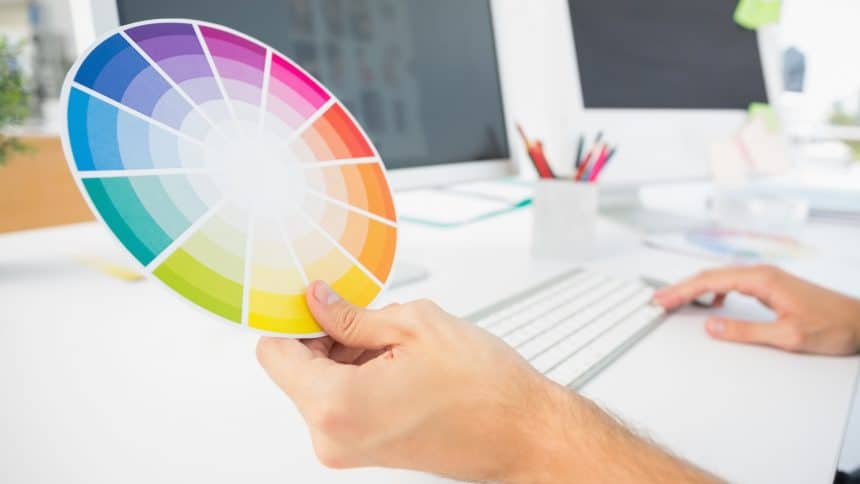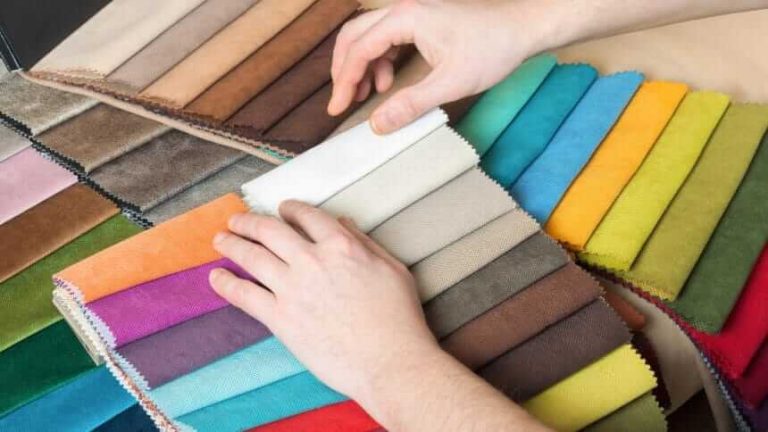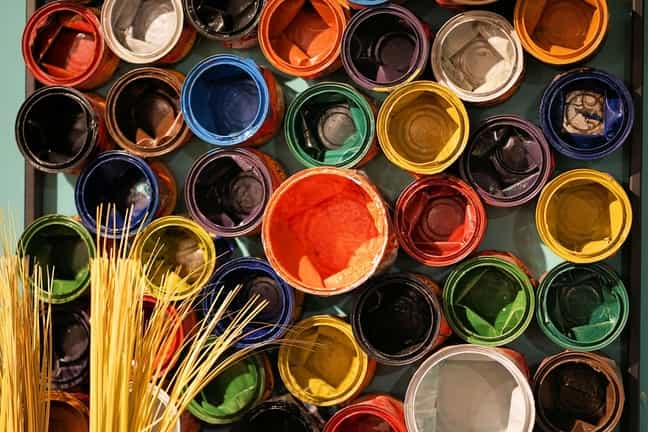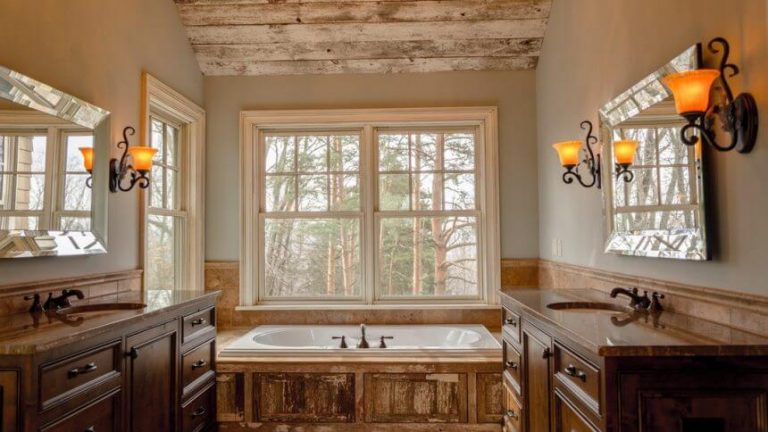How to Use a Color Wheel to Decide on Interior Paint Colors
You’ve probably heard about the color wheel in all of your art classes. That classic wheel displaying all essential colors, from red to purple. They’re the colors you see in the rainbow and all around you. But why use the color wheel?
Well, there are three basic colors: red, yellow, and blue. They’re evenly spaced on the wheel.
The colors in-between, orange, green and purple, are a combination of two of the main colors. This color wheel helps artist determine the right colors to use and how to blend them.
But what if you’re not an artist? If you’re painting your home, pick your paint colors with the color palette. Here’s how to use a it for interior painting.
The Interior Paint Color Wheel
When you’re at the paint store, you probably notice their color wheel is complex. It’s not the same color wheel as the one you used in school — there are multiple wheels and lots of descriptions. This can be intimidating to a non-professional.
Here’s an explanation of the paint color wheel:
On the Front
On the front are two panels, the biggest is for the primary colors (red, yellow, and blue) and the secondary colors (green, orange, and purple).
The second panel gives an explanation of mixing — for example, adding a little more red to orange.
In addition, there’s a grayscale so you can add a hint of gray to the primary or secondary colors.
On the Back
The back has complex colors. This includes:
- Pure — unmixed primary or secondary colors
- Tint — A certain color with white
- Tone — A certain color plus gray
- Shade — A certain color plus black
This shows each color, from pure all the way to shade.
Hue Terminology
Hue, or color, has a lot of complex words. Most people only know primary and secondary colors. But many colors are created from the color wheel. These colors are grouped into categories, which includes:
- Primary — red, yellow, blue
- Secondary — orange, green, purple
- Tertiary — mix one primary and one secondary
- Complimentary — two hues directly opposite on the wheel
- Harmonious — hues that are side-by-side on the wheel
- Tetradic Palette — four colors arranged in two complementary pairs
- Triadic Palette — colors that are evenly spaced around the color wheel
Get creative and find unique colors with some of these hues.
Warm V. Cool
Each color has a certain temperature: warm and cool. Any color with yellow-dominant is warm while any color with blue-dominant is cool. Red is the only exception because it’s in-between both.
When debating which color to paint your walls, remember this: warm stands out and cool recedes. You can also combine red with warm and cool shades to even their hues.
Now You Know How to Use a Color Wheel
Now that you know how to use a color wheel, you can create the interior paint of your dreams. All you need to know is your primary and secondary colors. From here, you can use other hue techniques to create vibrant and unique colors.
Don’t forget about tone, tint, and shade — those also create stunning paint colors.
If you’re in Calgary and want a professional to do your interior painting, contact Image Line Painting.







